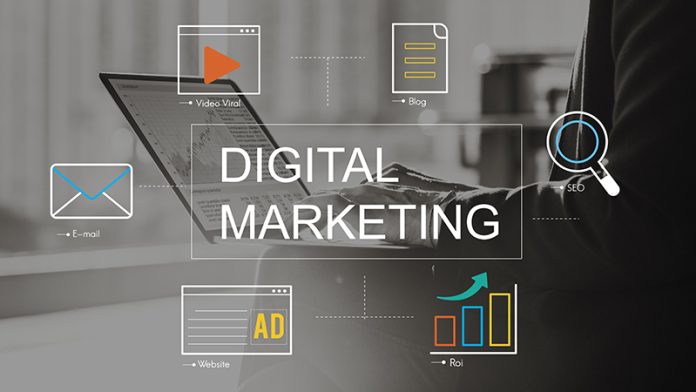Digital marketing is the branch of marketing that includes all the procedures implemented by a company through the use of digital tools and channels. Digital marketing (in Italian “digital marketing”) is defined as a branch of marketing that includes all the procedures implemented by a company through the use of digital tools and channels . In general, a company associates a traditional marketing strategy with digital marketing, thus obtaining synergies for integrated, effective and interactive communication with the aim of developing and gaining greater loyalty from its customer base.
Digital marketing is a very recent branch of marketing, but its importance has grown exponentially. In fact, given the technological progress and the diffusion and popularity of social network platforms, the online marketing activity has undergone an incredible evolution , making this tool a necessary tool for the survival of any company.
Characteristics of digital marketing
Digital marketing differs from traditional marketing in the use of web channels rather than offline tools. But, in addition to this first fundamental difference, there are three other characteristics that can better describe this recent way of approaching marketing.
Message selectivity
What Is Targeted Digital Marketing ? Digital marketing is targeted, in the sense that it is based on targeted diffusion communication techniques (or Narrowcasting ), since it is possible to segment the customer base towards which a specific promotion is addressed.
From this point of view it differs from the mass media such as television or newspapers, which offer a wide diffusion (or broadcasting ) addressed precisely to a mass audience.
Personalization of communication
Communication on social media can be targeted precisely to specific customers. Consumers can be segmented according to their preferences , based on information given by online behavior tracking , user registration practices for various online services or through proprietary databases of the company.
In doing so, the promotion is directed towards customers with the most potential for engagement based on their behavior and the searches they perform on the web . In this way, the company saves on the costs of screening the needs of its consumers, and manages to obtain truthful and immediate data.
Interactivity of the communication process
On social networks it is possible to make a certain post interactive , thus offering an active role to the customer through the implementation of certain behavioral instructions, such as the famous calls-to-action .
In this way, the role of the consumer in the communication process is active, facilitating the collection of data on the customer’s needs for the company and therefore making the promotions more suitable and satisfying.
Measurability of online effectiveness
Through social networks it is now possible to measure the impact of advertising campaigns in relation to their effectiveness.
There are mainly two types of metrics: Benchmark Metrics and Vanity Metrics.
Benchmark Metrics , also known as Benchmark Assessment Measures, concern the engagement rates of a given page in relation to:
- number of comments
- site visits or landing pages (landing pages of certain advertising campaigns)
- filling in online forms.
Vanity metrics concern the number of recent likes or followers on a specific page. The most popular in this field are:
- Click-through-Rate (CTR): calculates the number of users who clicked on a specific link compared to the total number of users who viewed the post/web page ( impressions )
- Conversion Rate (CR): expresses the percentage of customers who carried out the desired action (call-to-action) compared to the total number of users who viewed the post/web page
- Return on Investment (ROI): measures the returns from an investment for a given marketing activity
- Open Rate: expresses the number of customers who have opened an email compared to the total number of customers who have received it (effective in email marketing campaigns and newsletters)
Bounce Rate or rebound rate: expresses the rate of customers who leave a page in seconds without taking any action on it.
Apart from that, if you are interested to know about Top 9 Benefits of Digital Marketing then visit our Digital Marketing category.











